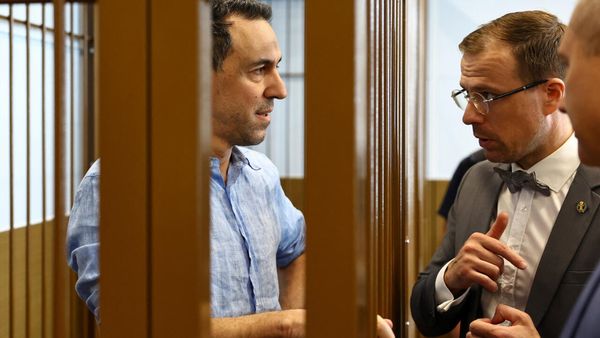
Giving Tuesday, a global generosity movement that occurs every year on the Tuesday after Thanksgiving, is an annual reminder within the high-net-worth community to support the causes you care about. Giving strategies are common among affluent households, but like any aspect of a financial plan, they evolve along with market activity and philanthropic trends.
Trends show that total giving appears to be down this year, and that has some outside observers concerned. What is occurring within the philanthropic space, and how can you enhance your own giving plan? I gathered input from the NEPC Private Wealth team to identify the key trends and best practices worth focusing on this Giving Tuesday.
Notable trends
According to a study by IUPUI Lilly Family School of Philanthropy, more than 85% of affluent households made charitable contributions in 2022. That number is down from 88% in 2020, reflecting what appears to be a multiyear decline in rates of giving.
However, this does not appear to reflect a decline in interest from affluent families, who continue to rate charitable giving as important in their overall financial plan. The IUPUI data shows that almost 60% of affluent familiar consider charitable giving to be somewhat or very important, and only 7.2% view it as very unimportant.
It’s more accurate to say that the philanthropic space has been adjusting to significant changes in the market and economic climate. These three, for example:
1. The will may be strong, but the liquidity is weak.
With interest rates up significantly this year, and market values fluctuating dramatically, many private wealth clients have found it difficult to stay on top of their liquidity needs. Some have been forced to reevaluate their giving plans, or pull back in the short-term, while they rebuild their liquidity positions.
2. Weak markets weigh on giving formulas.
Every private or family foundation is required by tax law to give out 5% of the value of their endowment per year. When the value of the portfolio goes down because of market declines, so does the dollar value of that 5%. Market values fell considerably in 2022, which are weighing on giving amounts in 2023.
3. A poor climate for new giving plans.
Affluent households typically establish new foundations, donor-advised funds, charitable trusts and related giving plans in the wake of a major liquidity event, such as an IPO, a venture capital buyout or the sale of a family business. Those happen less frequently in higher-interest-rate environments. Just as one example, the NVCA Venture Monitor Report shows that venture capital buyouts for 2023 so far are less than a third of what they were in 2021. Without those events to spur their creation, new giving plans have taken a back seat.
Building a sustainable giving plan
Giving trends may fluctuate year to year, but good gift planning practices do not. One of the most important goals for a gifting plan is to carefully manage your taxes, since keeping taxes down maximizes the assets available to give. There are numerous best practices that are designed to minimize your tax liabilities, so you have more to offer your donees.
- Choose the right investment vehicle. Family foundation? Donor-advised fund? Charitable trusts? Just writing a check? There are many options for your giving plan, and each one has different requirements, costs and tax implications. Research (or do your due diligence) on all of them before choosing a vehicle.
- Appreciated assets can be a better donation than cash. Cash donations are straightforward and provide you with a tax deduction. But donating appreciated assets instead will delete a significant capital gains tax liability — neither you nor the charity will have to pay them. The strategy can also provide you with a simple way to rebalance your investment portfolio without triggering capital gains taxes.
- Coordinate your tax-loss harvesting with your charitable giving. Both charitable giving and capital losses on assets provide you with substantial tax benefits. Think strategically about how to use both in tandem.
Discuss these strategies with your wealth adviser as you create a charitable giving plan or reevaluate your current giving. They will help you create an effective plan — and a family legacy — that will endure.







